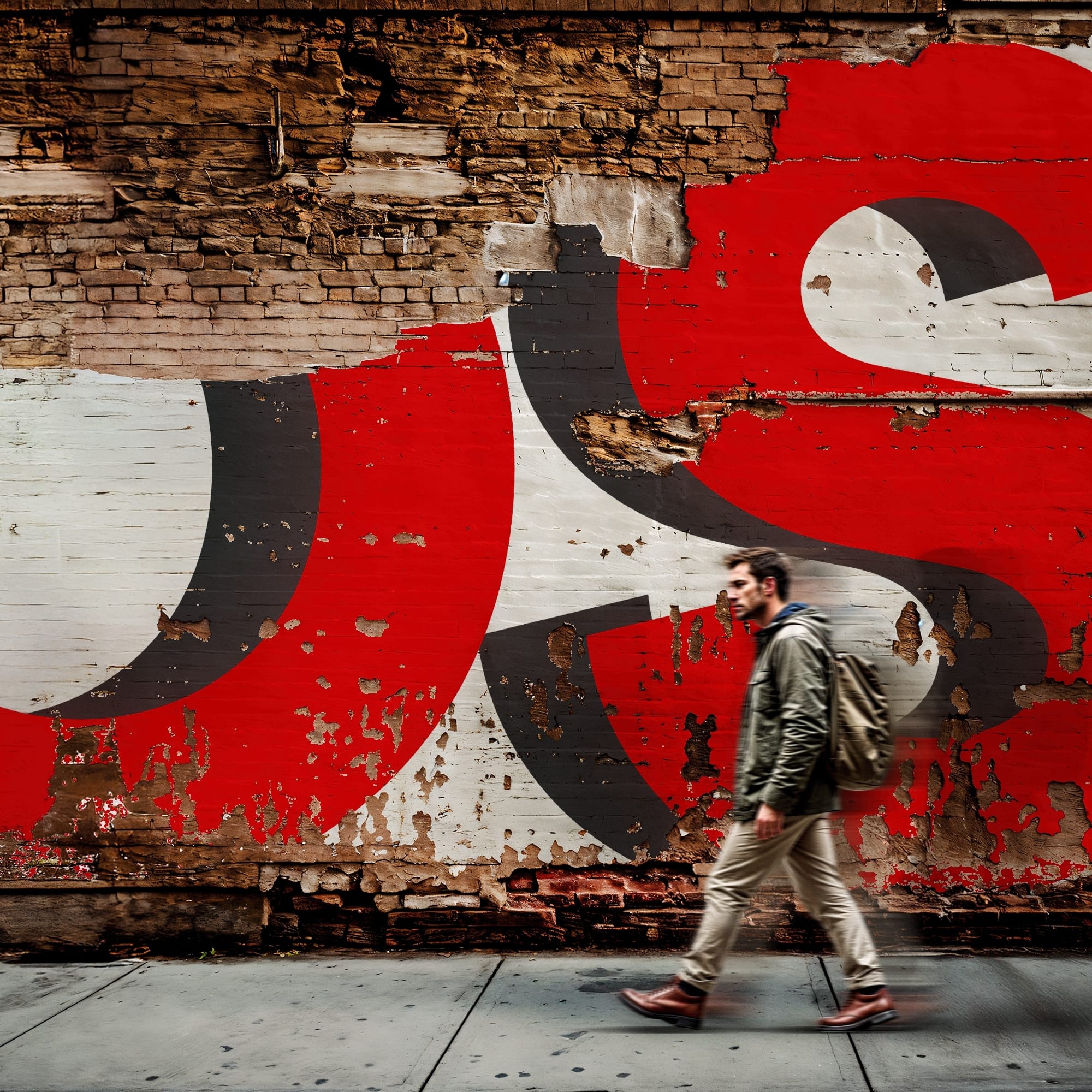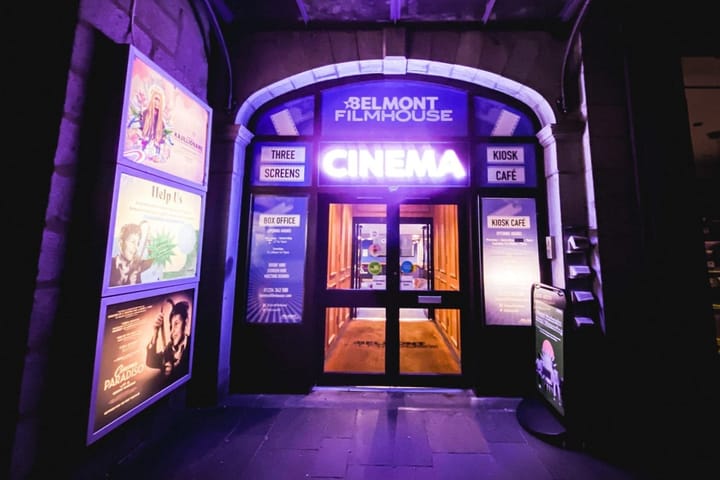Crow House On Creating a Home For Filmmaking In Aberdeen
Local filmmakers have built a base where new talent can learn, collaborate and tell authentic stories.
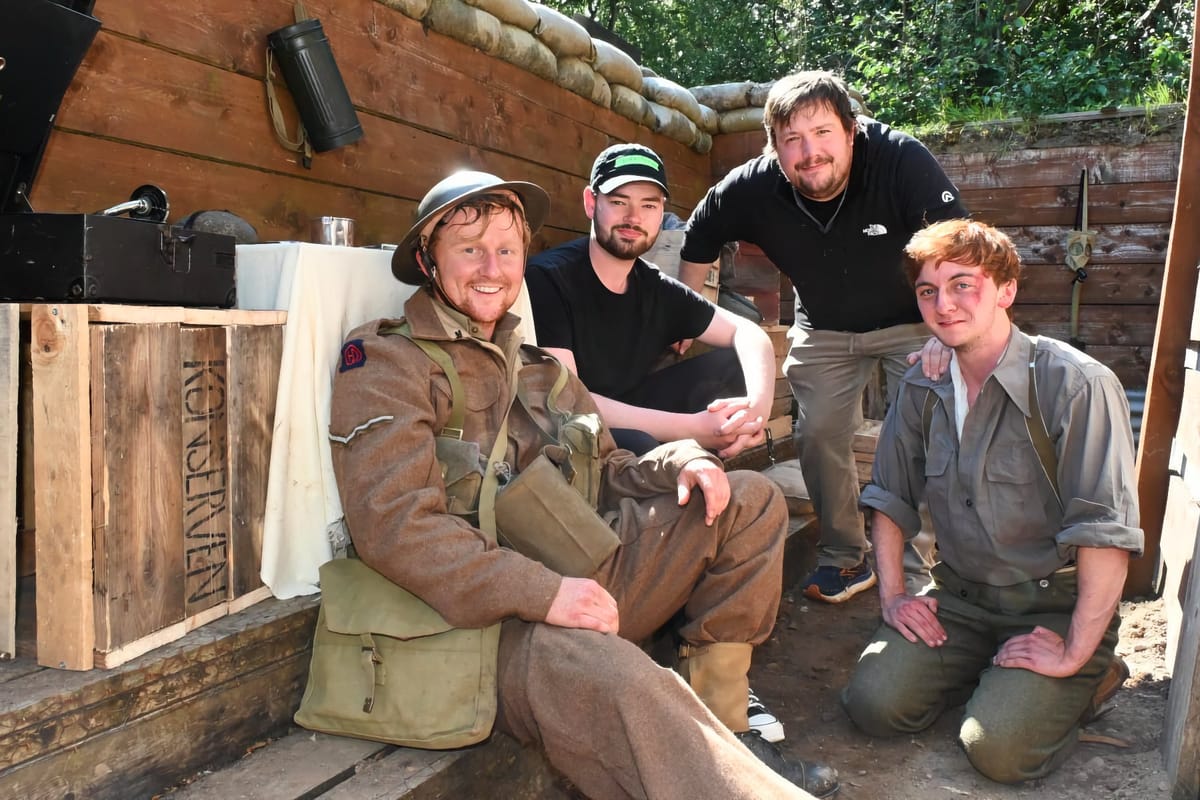
Walking up to the gates of the Gordon Highlanders Museum on a warm Sunday, I wasn’t expecting to be stopped by the call of “ACTION!” echoing across the grounds. For a moment, I froze, worried about barging through a gate mid-scene. It’s not every day you stumble into a live film set in Aberdeen.
A few steps later, I met Niki Foy, the Art Director, taking a breather. She whispered a hello, we made our introductions, and she explained that filming was going well, despite the challenge of staging tight shots in the museum’s grounds. This sort of offhand reassurance comes when a crew is working smoothly, improvising around the obstacles of location filming.
Would you like to see your message here? Let's talk.
POST highlights Aberdeen’s creative scene, from theatre and music to visual arts. We focus on showcasing the city’s unique talent and supporting local voices.
Through stories, artist profiles, and event coverage, we’re here to share what makes Aberdeen vibrant. Sign up for free or support us and go ad-free for just £3 a month.
On set at the museum
Inside, the museum’s trench exhibit had been transformed. Anyone who knows the space will recall its detailed recreation of a British trench, but this time, for the filming of Once Upon A Time On The Siegfried Line, it had been refitted as German lines, complete with swastikas on the walls. It took me back, even though it was obviously a set, and it reminded me that war stories always carry a charge, no matter how carefully staged.
Standing among the crew, phones in hand to pass silent messages while the cameras rolled, I finally found Assistant Art Director Phoebe Banks, who had invited me along. She introduced me to the directors, Jake Newby and Matt Hielsberg, and to co-founder Jamie Sundance. Between takes, I heard the story behind Once Upon A Time On The Siegfried Line: in the Second World War, Jake’s great-grandfather set off on a lone mission to get aid for his men. Upon his return, he bumped into a lone German solider. In this moment, they found shared humanity and traded cigarette lighters. When he returned, he found his infantry had all been killed. That personal history is now the seed for this latest project.
Turning talk into films
The roots of Crow House go back to a time when Aberdeen’s creative networking events were full of chatter but light on follow-through. Jamie and Nicci Thompson, both local filmmakers, wanted to change that. Rather than only talk about what could be made, they secured a bit of council funding and pulled together students to shoot their first project, The Anatomist. It was a period drama, ambitious for a fledgling group, and it showed what was possible.
Success brought more projects, like the sci-fi short Children of Chronos. Each film proved that work could be made here, though long post-production timelines and funding gaps often slowed momentum. Then the pandemic hit, putting things further on pause.
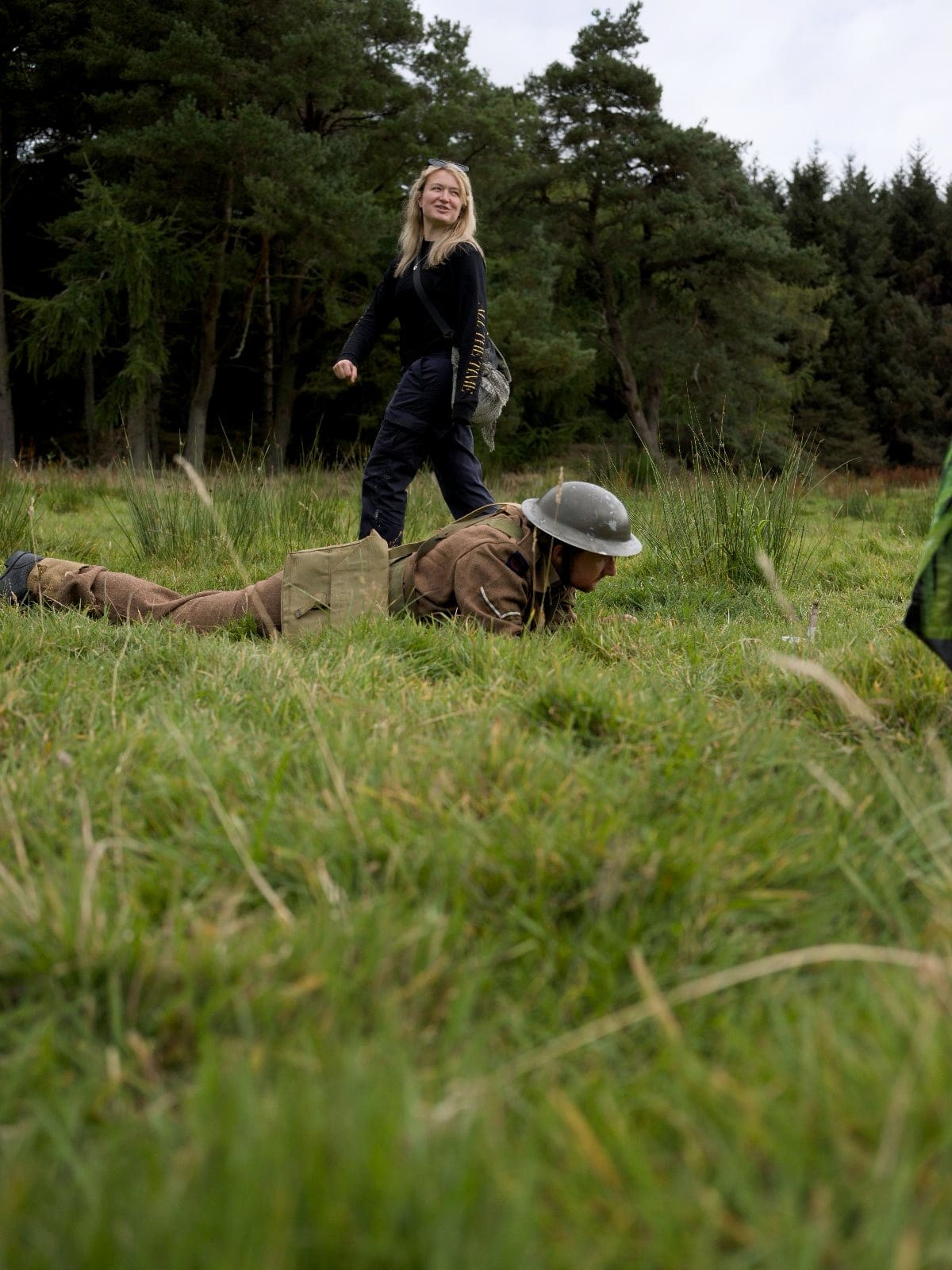
Creating the film accelerator
What reignited their energy was a realisation: Aberdeen had no central rallying point for emerging filmmakers. Crow House decided to change that by creating a Film Accelerator programme. Instead of making films only for themselves, they opened the doors to others. Aspiring directors, writers and crew could apply, be guided through the whole process, and come out with real experience.
Jamie described it plainly: “All we did was raise the flag, and then everyone came to it. We’re not claiming to be doing anything extraordinary — we just created a point for people to gather around, and the community built itself from there.”
Jake, now one of the co-directors, is himself proof of that model working. He started as part of the first cohort and has since moved on to directing funded shorts. Many others who cut their teeth on Crow House shoots have gone on to professional work. The focus has never been box office numbers but training, experience and the sense that Aberdeen can build its own creative infrastructure.

Funding gaps and other hurdles
For all the successes, some problems remain stubborn. Budgets often dry up before post-production, leaving finished projects waiting for release. It’s a familiar frustration: people put in the hours, but the work takes longer to reach an audience. Still, the standard on set has stayed strong. Watching the trench scenes unfold at the museum, it was clear the operation was being run with care.
The bigger challenge is systemic. When big-name productions arrive in the north east, they bring their own crews from London or Glasgow, shoot for a few weeks, and leave. The city is left with the memories but not the jobs. Crow House wants to see Aberdeen shift from being a backdrop for other people’s stories to being a place where its own stories and its own talent grow into something lasting.
“The next Martin Scorsese might be a network engineer… you’d never know because there’s no way for them to try it,” Jamie told me. That’s the gap they are trying to close, giving people a chance to step onto a set and discover whether filmmaking is for them.
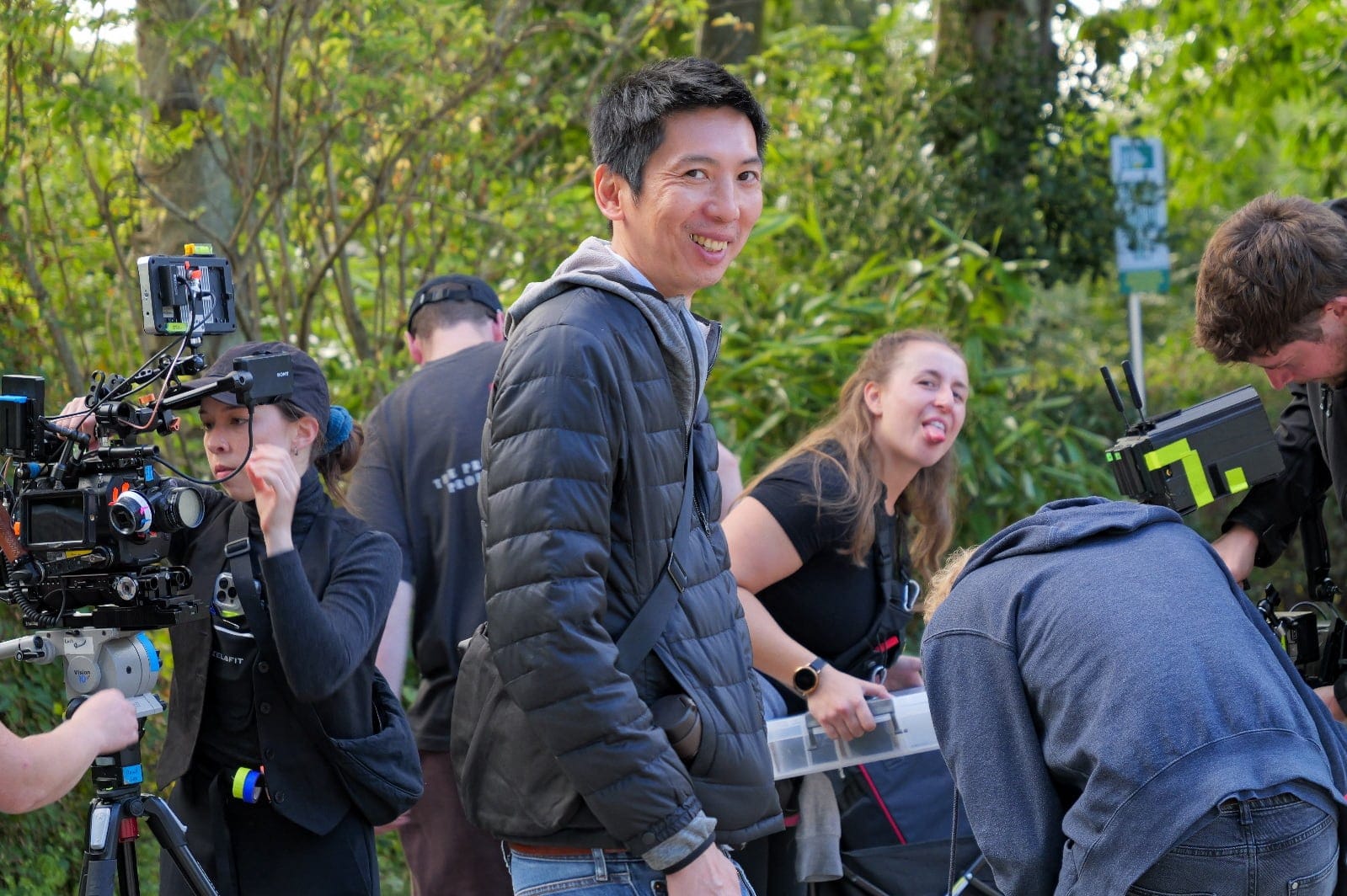
Planting a flag for filmmaking
The move into a dedicated space at City Wharf has been an important step. Before that, meetings and shoots took place wherever space could be found: bars, arts centres, borrowed corners of other organisations. Having a base makes the work more practical and visible. It’s not a giant film studio, but it’s enough to say filmmaking is happening here.
As Jamie put it: “We’re never going to be London, but if anyone does want to just try, now we’ve got something where they can happily step into it.”
That sense of accessibility is what makes Crow House stand out. It isn’t a closed shop, it’s an invitation. Anyone with an idea, or even just curiosity, can find themselves involved. Just look out for that rallying flag.
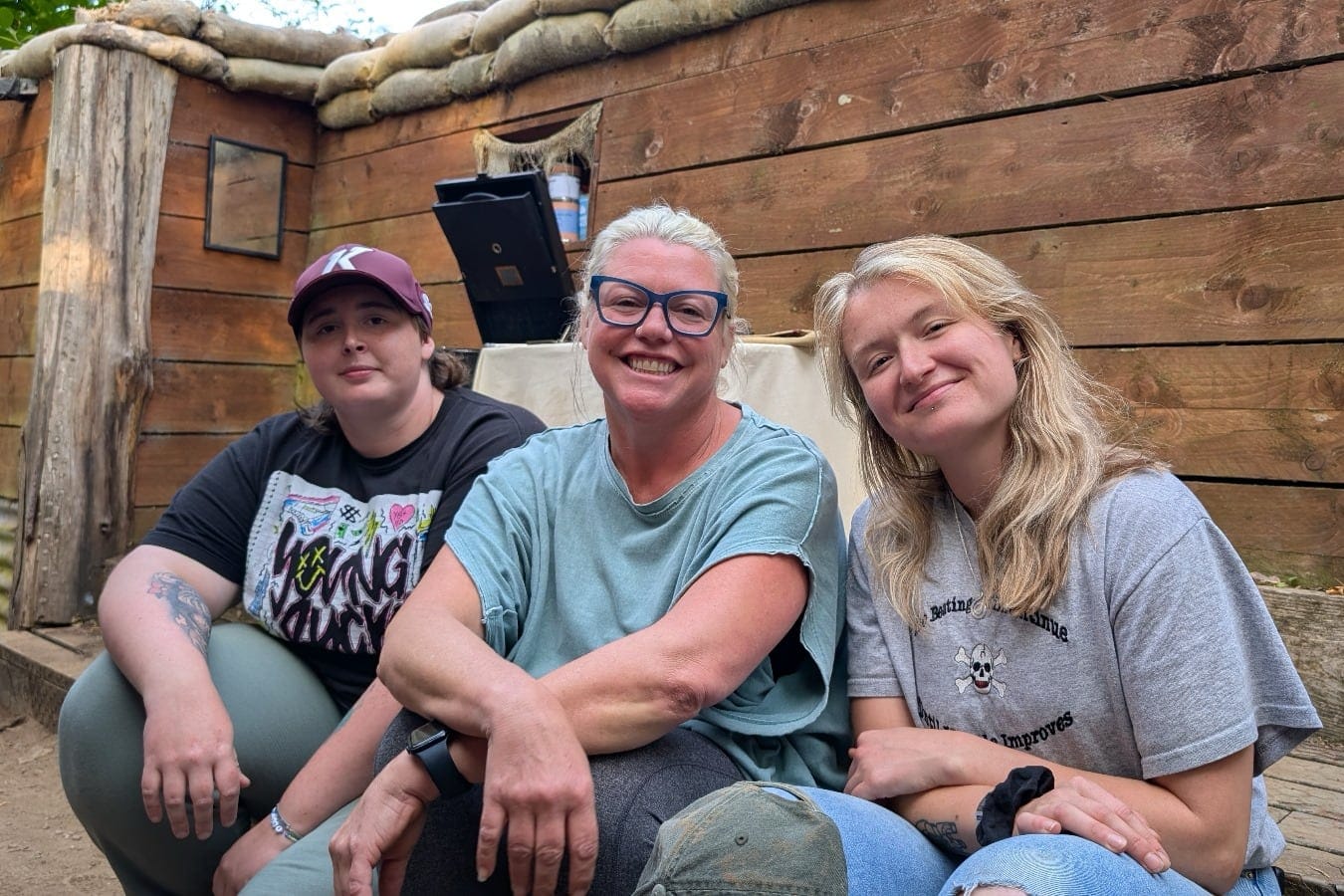
Filmmaking feels possible
As Phoebe showed me around the trenches one last time, pointing out how props sourced from eBay had been transformed into something convincing, what struck me was the scale. The shoot wasn’t big-budget, but it wasn’t amateur either. It was careful, committed, and importantly, local.
I briefly met the Company Director, Polina McDonald, before I left the set. On this production, she has been working on producing and scheduling, but she’s determined to change that up for the next project. That’s something I particularly like about Crow House Projects. Nobody’s creative ambition is limited by what has come before, but by what they want to do next. That’s pretty cool.
Crow House isn’t claiming to solve all of Aberdeen’s challenges in the arts. What they are doing is more modest but perhaps more meaningful: creating a place where filmmaking feels possible, where young crews can learn, and where stories connected to the region can take shape. For a city that often watches the film industry pass through without stopping, that’s something worth paying attention to.
Thanks so much to Phoebe Banks for all her help in organising my visit and help in producing this article. We couldn't have done this one without your efforts 👊🏼


